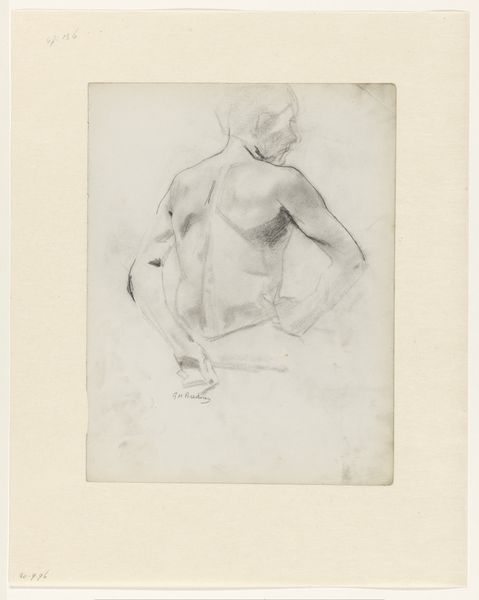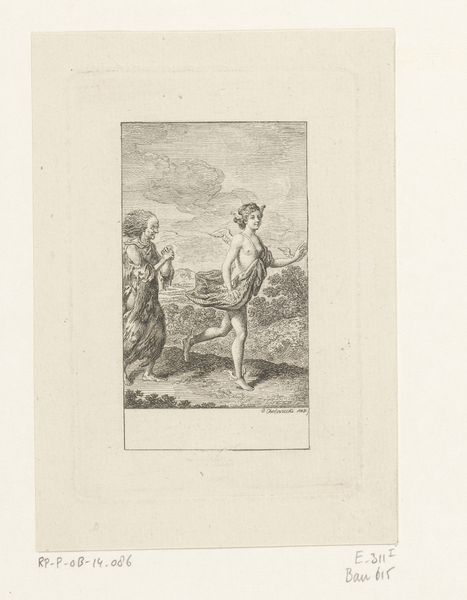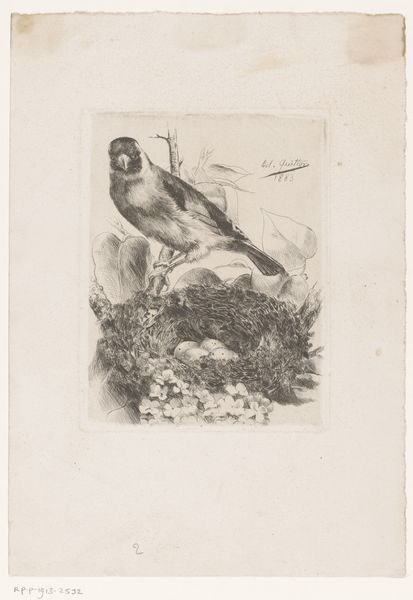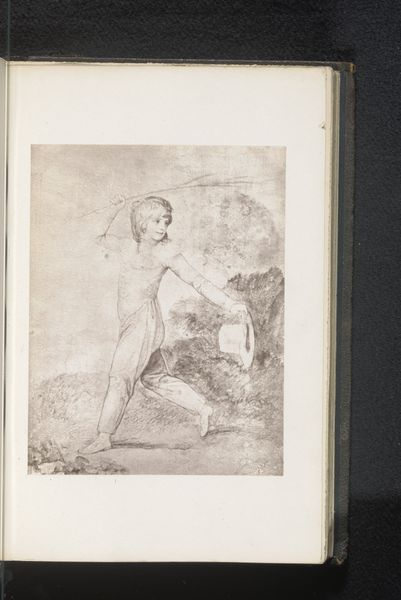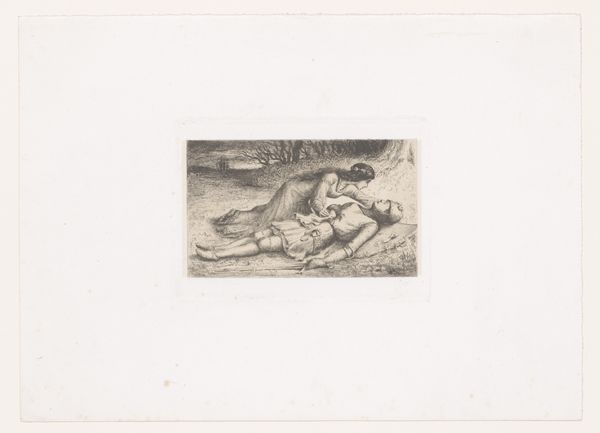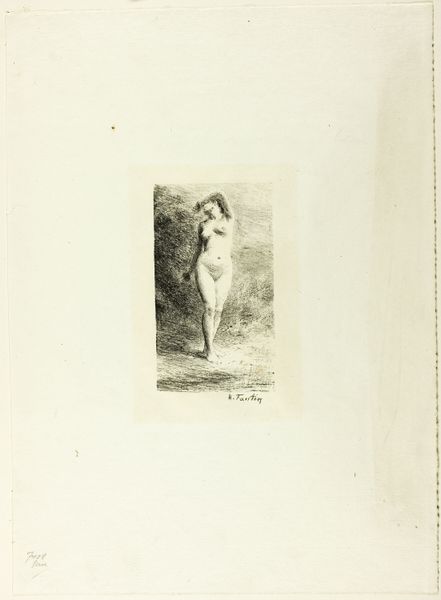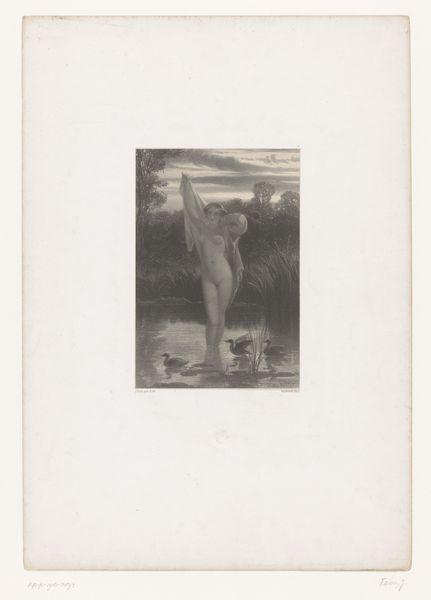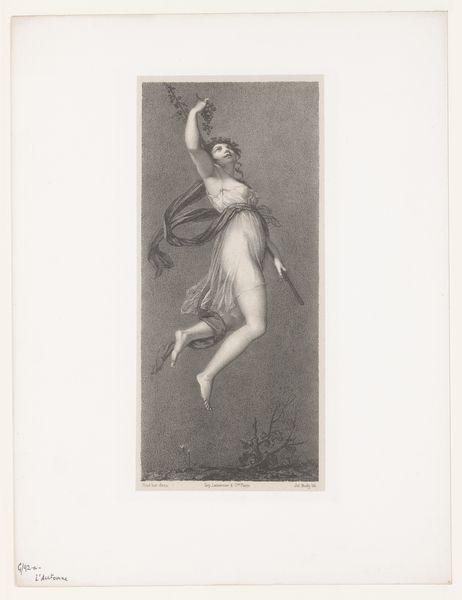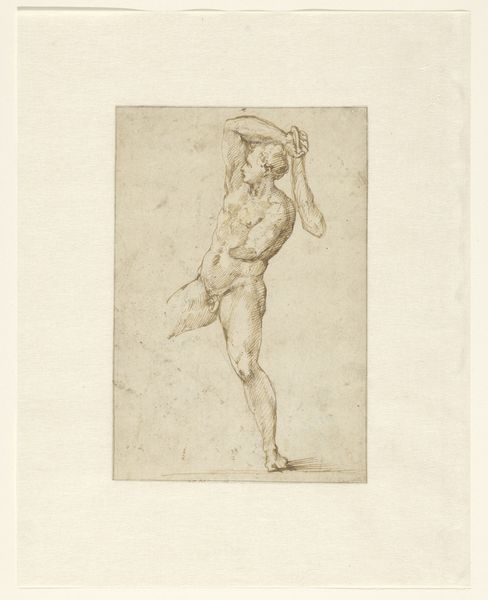
#
pencil drawn
#
amateur sketch
#
imaginative character sketch
#
shape in negative space
#
light pencil work
#
pencil sketch
#
pencil drawing
#
ink drawing experimentation
#
pencil work
#
remaining negative space
Dimensions: height 180 mm, width 133 mm
Copyright: Rijks Museum: Open Domain
Curator: This pencil drawing, "Vluchtende vrouw," by Jean Baptiste Marie Pierre, dates back to 1759. It's part of the Rijksmuseum's collection. Editor: My initial reaction is that this feels incredibly dynamic. The figure seems caught mid-flight, a sense of urgency emphasized by the swirling drapery and outstretched arm. There’s an immediacy despite being created so long ago. Curator: Absolutely, the fleeing woman as a symbol is really potent. Consider the historical context. Pierre was working during the Enlightenment, a period steeped in ideas of liberty and reason, but also anxieties surrounding social change. This fleeing figure, almost nymph-like, could represent the precariousness of freedom itself. Editor: Or, perhaps even a rejection of constraints imposed on women. The vulnerability implied by her bare legs combined with her desperate gesture brings the topic of gender, race and class to mind. After all, in that time women did not possess that many freedoms at all, nor were women allowed to exist vulnerably in a social context. Curator: A powerful perspective! We see the artist working within the academic tradition – an almost classical rendering of the female nude. It is definitely an era grappling with new philosophies while still clinging to older aesthetic ideals. The remaining negative space lends a very powerful message, not as one expects. Editor: It seems we can interpret that negative space as a space where change will appear at any given moment, or simply as a symbol to the artist's vision or even message. Thinking of the use of symbolism, if this were a man there may not be much of a powerful message to relay at all. It's hard to know if the artist understood that then, as we look through modern context, or if the drawing was simply about form, beauty, and a classic subject. Curator: Ultimately, it’s the tension between these readings – freedom versus restriction, the classical versus the contemporary – that makes this relatively small drawing so compelling. Its symbols are a doorway to explore ideas beyond its formal qualities. Editor: Yes, it offers us a glimpse into not just an artistic moment, but also the social anxieties and artistic values prevalent at that time. I like its simplicity that lends itself to such potent cultural reading.
Comments
No comments
Be the first to comment and join the conversation on the ultimate creative platform.
